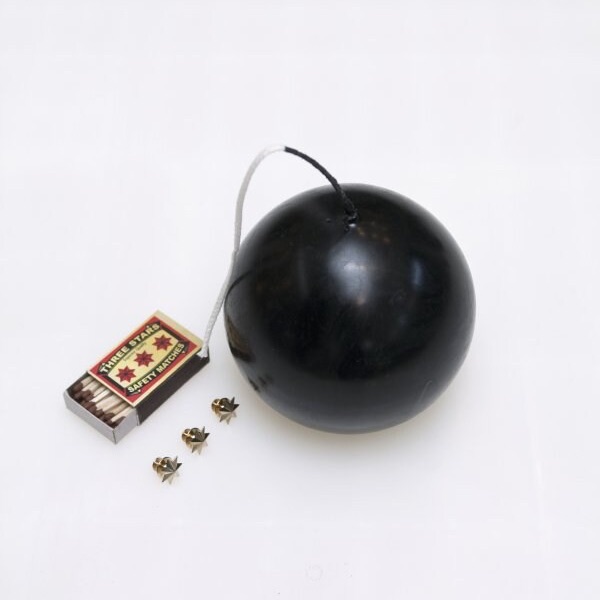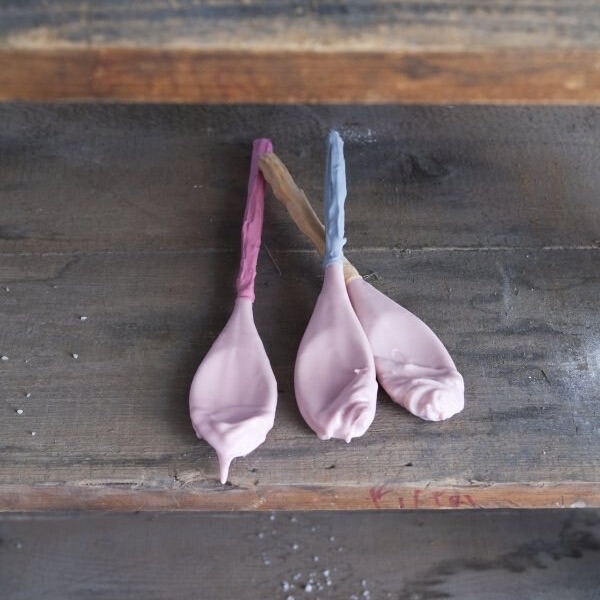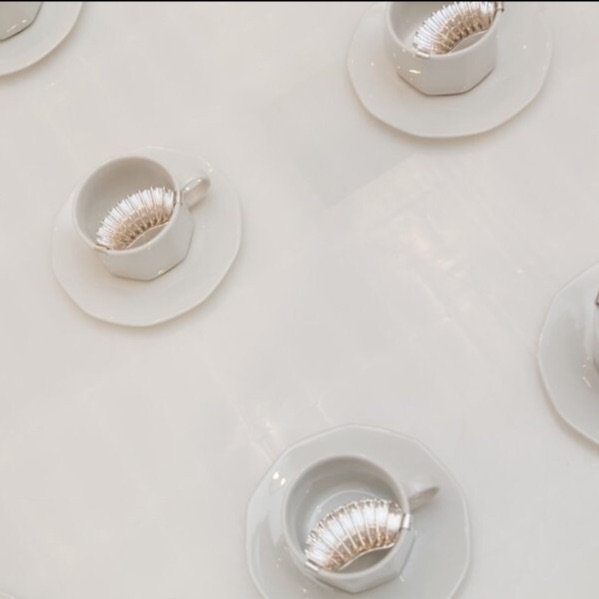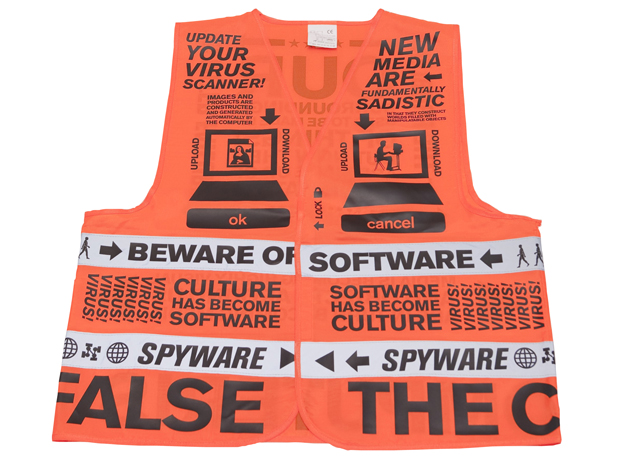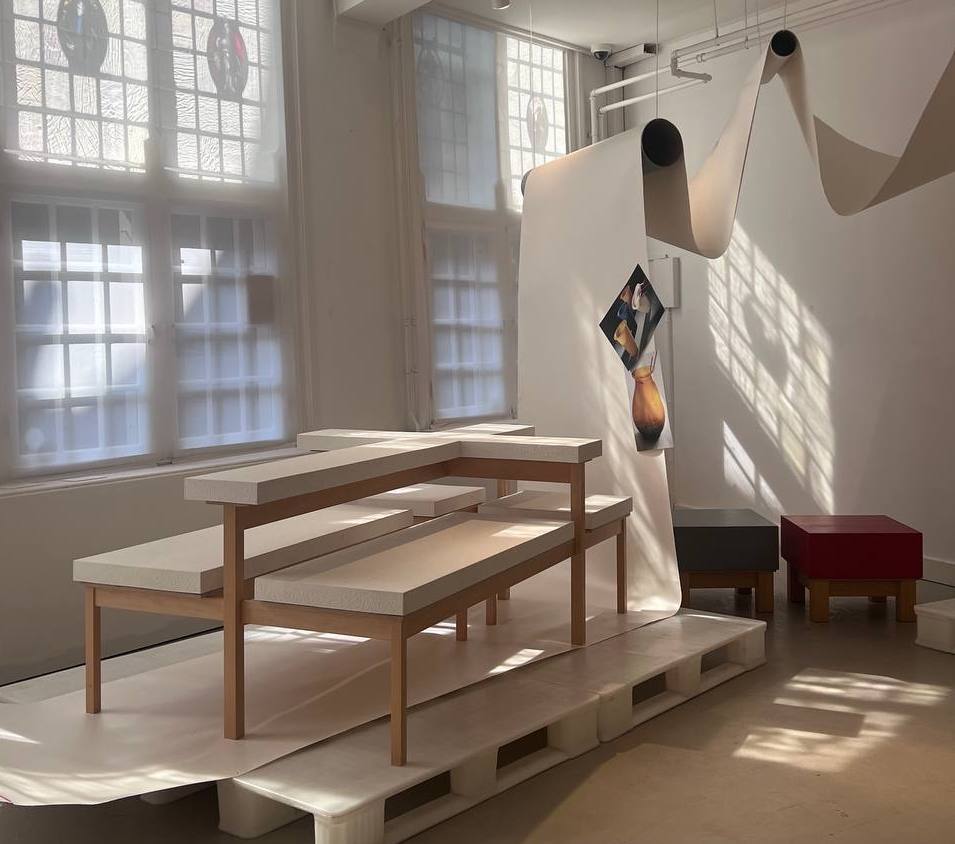Saved by Droog returns to Droog
This autumn, Droog presents Saved by Droog, its iconic 2010 project. After its international debut in Milan and a subsequent presentation at the Centraal Museum Utrecht, the complete series of design interventions will now be on view in Droog’s gallery space.
Back in 2009, in the midst of the economic crisis, when over 500 Dutch companies were filing for bankruptcy each month, Droog asked a deceptively simple question: Where do all the products go?
The answer: Droog bought them.
Rescued. Reinvented. Preserved. Returned.
From liquidation auctions came 5,135 unsold items, ranging from 2,500 handkerchiefs to a single water cooler, from 50 sa
fety vests to 200 salt shakers. Fourteen designers were invited to transform these leftover goods into new design statements. The result was Saved by Droog: a sharp, witty, and sometimes absurd reimagining of what design could mean in an age of excess and economic collapse.
Objects that once lingered in anonymous warehouses and destined for waste processors were rethought were rethought, repurposed, and revalued:
 – Three Stars Bomb! by Atelier Ted Noten: a wax “bomb” candle that, when lit, melts to reveal three bronze stars, mirroring those printed on the original matchbox. The stars are wearable brooches that parody the symbols of military rank.
– Three Stars Bomb! by Atelier Ted Noten: a wax “bomb” candle that, when lit, melts to reveal three bronze stars, mirroring those printed on the original matchbox. The stars are wearable brooches that parody the symbols of military rank.
– Moustache Guard by Maison Margiela: a silver insert for a teacup, reviving a Victorian accessory used to keep moustaches dry. A “brilliantly stupid contraption,” as Core77 put it.
– Beware of Software Vest by Mieke Gerritzen, with text by Geert Lovink: a wearable warning in an environment increasingly composed of information.
– Daily Handkerchief by Studio Makkink & Bey: thirty days of global news, selected to be embroidered. You choose the headlines you want to carry in your pocket.
– And more.
Each design was limited not by choice, but by chance: if there were 720 cola glasses, then 720 Thirsty Glasses by Roelof Mulder exist, no more, no less. Saved by Droog was a manifesto disguised as a marketplace. It asked: What is waste? What is value? Can design rescue meaning from the margins? Now, more than a decade later, these questions remain urgent. The full collection, acquired on the spot in 2010 by the director of the Centraal Museum Utrecht, returns to Droog on generous loan for this exhibition.
Designers included:
Atelier Remy & Veenhuizen, Atelier Ted Noten, Ed Annink, Eric Klarenbeek, Erna Einarsdóttir, Luc d’Hanis & Sofie Lachaert, Maison Martin Margiela, Marian Bantjes, Marije Vogelzang, Mieke Gerritzen, Minale-Maeda, Roelof Mulder, Stefan Sagmeister, Studio Makkink & Bey.
Concept and design exhibition by Edith Gruson.
With special thanks to the Centraal Museum Utrecht for their generous loan of the works.
